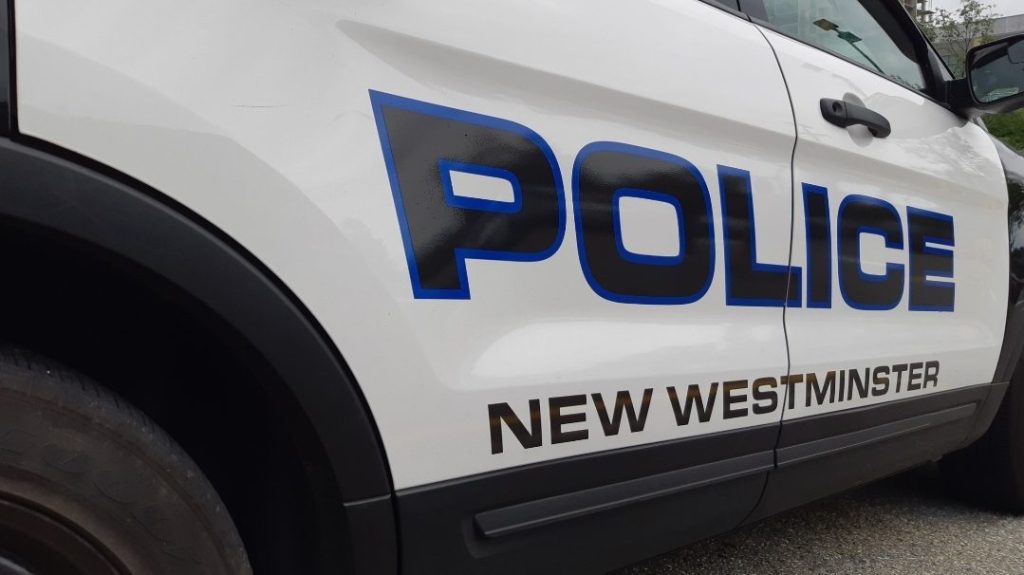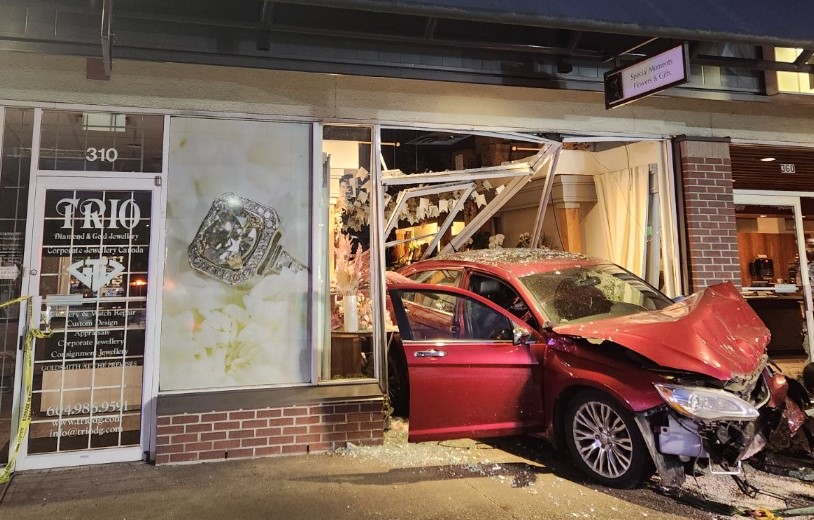Getting rid of some bus stops can improve service: study
Posted January 10, 2014 7:52 am.
This article is more than 5 years old.
VANCOUVER (NEWS1130) – As Translink continually struggles to find more funding, a recent study out of the US may have found a very simple way to cut costs, improve service, and boost bus ridership.
The researchers suggest getting rid of some bus stops reduces travel times significantly without drastically affecting the number of people served along a route.
It sounds counter-intuitive, but that is what happened when they cut out 43 per cent of the stops along a university bus route in Fairfax, Virginia; travel times were reduced by 23 per cent and operating costs were reduced by almost a quarter.
Study co-author Edmund Zolnik, a public policy professor at George Mason University, says one of the reasons bus service is unpopular is it is slow, and one of the reasons it is slow is because bus stops are densely placed.
In this particular case, the study found riders didn’t have a problem with walking a little farther to a bus stop when a one-way trip on the route dropped from 2 hrs, 4 min to 1 hr, 36 min.
As travel times drop, Zolnik believes it encourages more people to use the system since it could be more useful for them.
“Time is often a reason people will cite for not using public transportation. This is not inconsequential; that’s a big difference in time for people using the bus,” Zolnik tells News1130. “It’s ironic that by limiting some stops, we might get more people on the bus in total.”
Would it work for Translink?
The 99 B Line — serving one of the busiest transit corridors in North America — uses a similar principle, but Zolnik suggests it could also be used on less busy routes to improve efficiency.
“The results seem to indicate there would be a net benefit for any system that did try this,” he says, but adds more studies need to be done. Not everyone can easily walk a longer distance to their bus stop.
“It would be difficult to translate this to other kinds of communities where you have more people aging in place, more seniors. The system may benefit, but there would be people who would not be happy with losing their stops,” says Zolnik. “How do you balance the efficiency of the system with very, very local demands for service?”
Zolnik notes savings could be used to fund things that might encourage transit use, such as cheaper fares or added capacity on other routes.










